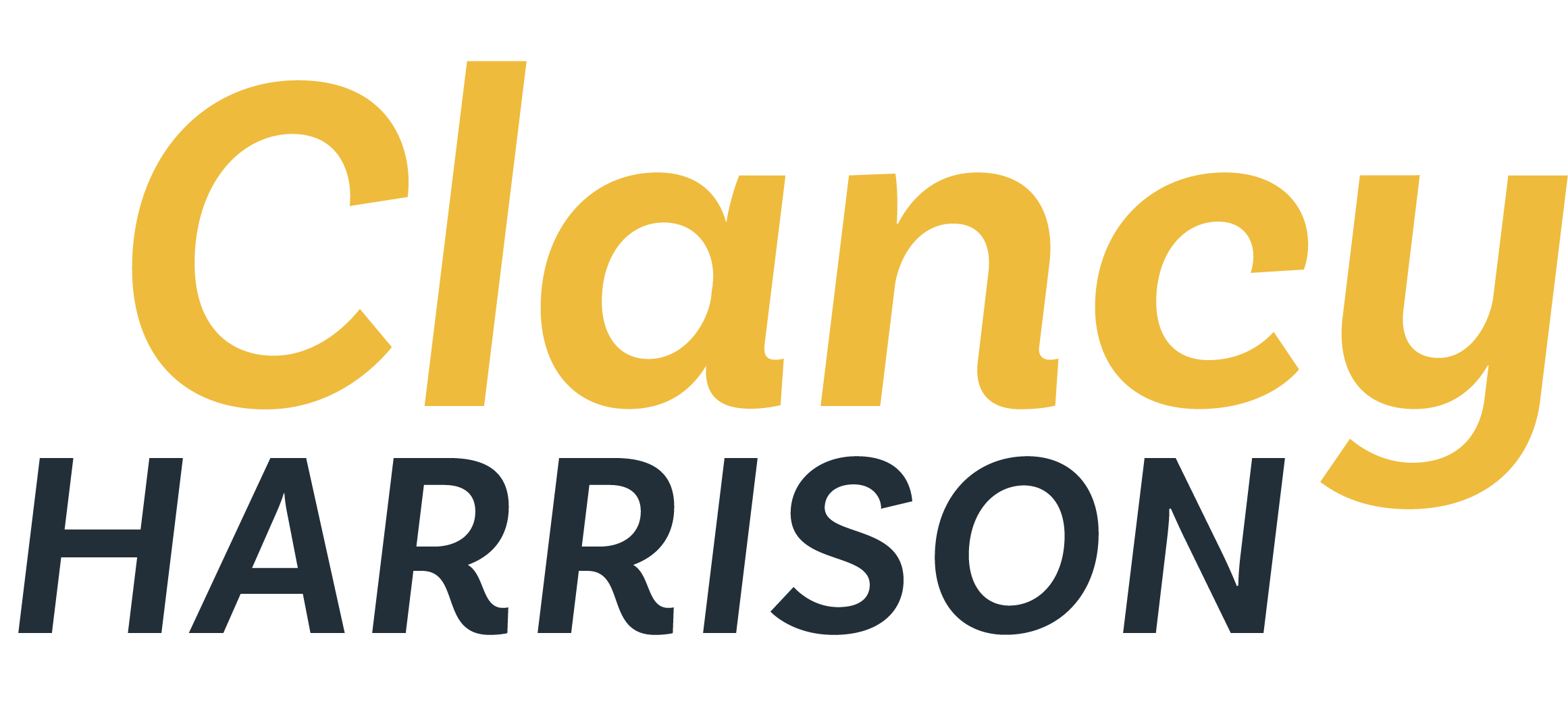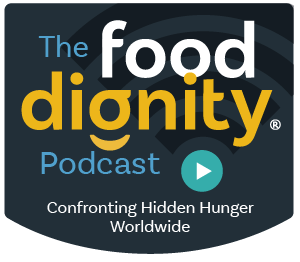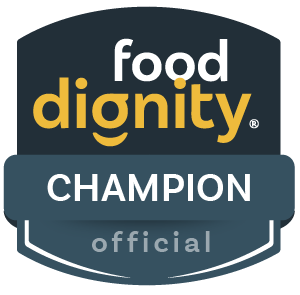My Hunger & Poverty Misconceptions as a Dietitian
I thought I knew about hunger. I actually considered myself an expert on the topic. After all, I am the President of the Al Beech West Side Food Pantry who has taught for more than 6 years {and counting} at local universities educating students on food insecurity.
Before I started at the pantry, I had my assumptions, ideologies, and even more embarrassing- stereotypes on hunger. What is worse, I did not know I had them. The truth- I accepted the common beliefs on poverty as a truthful reality but I was wrong. Very wrong.
My experience at the food pantry and The Women with Children Program at Misericordia University has given me the gift of self-awareness. I have been able to open my ears, eyes, and heart.
My Hunger & Poverty Misconceptions as a Dietitian in a live talk:
1| I thought people would routinely use the food pantry to take advantage of the program.
I expected chronic users. I thought 1 out of 10 people visiting the food pantry would actually need my help. If I could help that one person, I was fine providing food to the other 9 visitors. I was partially wrong. The pantry does support chronic users but those users are the elderly, mentally ill, disabled, and disabled veterans- not people trying to work the system. In fact, the ratio at our pantry is reversed.
Recently, I met a single mother {in college} who served our country for 5 years in the army. She is still serving in the National Guard but is struggling to receive food stamps. In the state of PA, the GI bill is considered income making it difficult for her to qualify for the programs she desperately needs. Every month she worries if she will have enough food to feed her three-year old little girl. She is not taking advantage of the program but surviving because of it.
2| I thought many of the food pantry clients would be alcoholics or drug addicts.
Alcohol abuse is actually most prevalent in Caucasian, educated, and full-time employees.[i][ii],[iii] Drug use is also highly correlated with full-time employees compared to part-time employees and the unemployed.[iv] In fact, the Al Beech West Side Food Pantry has approximately 700 families registered at the pantry. I have only met one addict.
3| People using the food pantry will become dependent on the food prohibiting them with their job search.
I met a man in his late thirties. He walked in wearing a suit. He held his head low and softly asked for food. He had been job hunting but had no luck that day or on the previous days. He could not go home empty handed. He could not go home to hungry children and a worried wife. Instead, he politely asked for an emergency supply of food and how he could sign up for future orders. He even inquired about the Supplement Nutrition Assistance Program (SNAP)– the food stamp program.
The food pantry has also become an extension of the SNAP program making it a first line of defense for someone struggling to make ends meet. Because of cuts to the SNAP program, participants do not get very much money for food. The average individual receives approximately $125 a month.[v] I don’t know about you but this amount of money and food would not keep me from finding a job.
4| I thought I would be giving food to lazy people.
71% of low-income families work and works an equivalent of 1.2 full time jobs, often patching together several part-time jobs in order to support their families.[vi] I recently met a single mother of 3 who is a survivor of domestic violence. She has a double master’s degree and cannot find a job. She volunteers at my food pantry and many other organizations to keep her competitive in the job market- she is far from lazy.
My lessons are far from over. Every day I learn something new. In our community, approximately 1 in 3 of children live in poverty. In other words, they do not know where they will get their next meal. These same children struggle at school because they to hungry to think leading to a lifetime of low-paying jobs and possibly unemployment.
I thought I understood the struggle of hunger without ever experiencing chronic hunger itself. I was wrong because of my client truths and many more untold truths:
- I have never tried to comfort a hungry child.
- I have never made the choice between gas, medication, or electricity with food.
- If my child is sick and I have to miss work, I do not have to go without food because of a pay cut.
- I have never reused diapers because I could not afford fresh ones.
- I have never had to endure the snide remarks by other customers standing in line at the grocery store as I use my food stamp card.
- I have never waited in a line for free food just to be turned away because they ran out.
- I have never eaten paint chips of the wall because I was hungry and thought they were chips.
- I have never skipped meals so I could feed my children.
- My children and I have never called our car home because my husband left us.
- I did not give birth to a child out of rape and left to raise the child at the age of 13.
- My husband or I have never had to stop working because of an injury leaving us with significantly less income.
- I am not a disabled veteran trying to reestablish myself into society using the skills learned in the military.
Thankfully, I have never experienced any of the above circumstances. I can only try to understand. If we want to try to understand, first we need to open our eyes, stop, and listen. We need to ask questions and look within ourselves to help find solutions to fight everyone’s local problem.
Article and research assistant: Brianna Winter, Dietetic Student, The Pennsylvania State University
References:
[i] National Survey on Drug Use and Health: Summary of National Findings. U.S. Department of Health and Human Services. 2013. Available HERE.
[ii] Keyes, KM and Hasin DS. “Socio-economic status and problem alcohol use: the positive relationship between income and the DSM-IV alcohol abuse diagnosis.” Addiction. 103, 7: 1120–1130, July 2008
[iii] Table 2.41B – Alcohol Use in Lifetime, Past Year, and Past Month among Persons Aged 18 or Older, by Demographic Characteristics: Percentages. Substance Abuse and Mental Health Services Administration. 2012/2013. Available here: http://www.samhsa.gov/data/sites/default/files/NSDUH-DetTabsPDFWHTML2013/Web/HTML/NSDUH-DetTabsSect2peTabs1to42-2013.htm#tab2.41b
[iv] National Survey on Drug Use and Health: Summary of National Findings. U.S. Department of Health and Human Services. 2013. Figure 2.13 Past Month Illicit Drug Use among Persons Aged 18 or Older, by Employment Status: 2012/2013 Available HERE.
[v] Chart Book: SNAP Helps Struggling Families Put Food on the Table. Center on Budget and Policy Priorities. January 2015. Available here: http://www.cbpp.org/research/food-assistance/chart-book-snap-helps-struggling-families-put-food-on-the-table?fa=view&id=3744#part2
[vi] Working Hard, Falling Short: America’s Working Families and the Pursuit of Economic Security. 2004. Available here: http://www.workingpoorfamilies.org/pdfs/Working_Hard.pdf
1 Comments
-
Thank you for an informative and thought-provoking article. I must admit that before reading your article, I shared one or two of your misconceptions. Food pantries are critical for many and I have always supported our local food bank. It’s truly sad that people working multiple jobs can’t make enough to afford food. Thanks for the work that you do.
Leave a Comment

Welcome to the Food Dignity® blog, where each article exposes the truth about hidden hunger and food insecurity.
Want to learn more about how we might work together?
Fight hidden hunger by becoming a
Food Dignity® Champion and take the HIDDEN HUNGER PLEDGE >




